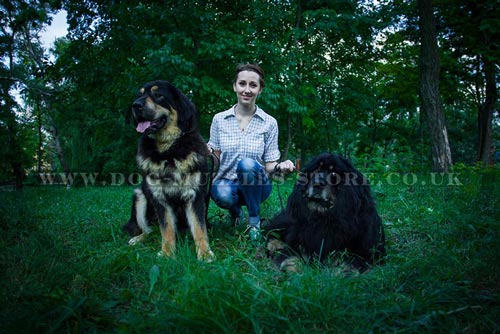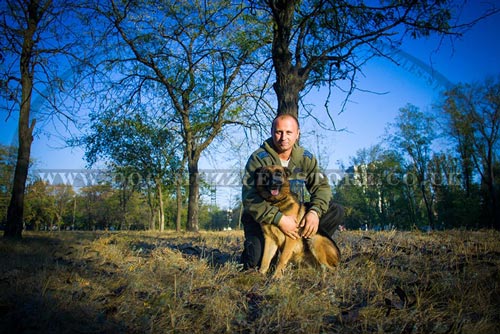In communication between dogs snarling may signal a threat or warn about danger. Communicating with people, dogs pay attention to intonation the same way.
It’s the voice tone, not the words that carry the most important information. That’s why it is an effective instrument for dog owners, that will help in training.

Dog Training Commands
In order to find out the influence of voice tone on dog training, let’s consider dog commands training as a process of skills and reflexes formation.
If we simplify, we may consider reflexes a reaction, which dog’s nervous system connects to definite signals-commands. To make a reflex automatic, the necessary condition is invariability of the signal, except of immediate confirmation of a command with encouragement or punishment and multiple repetition.
It’s obvious that if a definite skill dog trainings will be the least different form each other, the faster a pet will master this skill. It’s also logical that the same conditions for different commands will distract dog’s attention and confuse it. The same refers to the owner’s voice. First, any voice intonation changes the perception of the initial command. Second, being closely connected with emotional sphere, voice brings in additional information that can confuse a dog. A pet gets used to hearing familiar command in repeated conditions, and it distracts a dog when its owner pronounces it in different way.
Stop-Signal
How will a dog react on your changed voice tone?
Because of the nervous system peculiarities, a pet can perceive words depending on their intonation colouring as with “positive” or “negative” motivation, or neutral.
To the first group belongs so called “positive” or “encouraging” voice, which should encourage the dog, draw its attention and inspire to immediate and correct actions.
Contrary to the expectations of some trainers, the voice tone which the dog hears in every training stops being “motivating”, because the dog gets used to it. To prevent this, you should use more efficient encouragement conditions (correct and coinciding in time), or give the dog something more important, than was used before.
One more peculiarity of dog perception of our intonation is that a command arouses dog’s interest when it differs tonally from our usual speaking manner. Reflex make them alert and draws attention to a new sound information.
But curiosity often disappears or transforms into other behavior manners, if the dog sees that we are not going to tell it anything new. That’s the reason why it’s better not to change intonation in training. You destroy associative connection in the dog’s brain, as the dog has already used to perform the command which you give. And suddenly you change tempo or tone of your speech, and the pet doesn’t understand what is going on. When it turns out that there’s no danger, the dog switches over to something more interesting. This type of behavior is called “stop reaction”. It’s often caused not by your dog’s infantile character, but by your inattention to the voice tone.

The second group of voice signals is “negative” intonation, when we want the dog to act differently.
What happens when we mark the signal with a threat?
Obviously, threatening intonation doesn’t need additional confirmation. Animals know that after aggressive words they need to change their behavior.
Moreover, threatening tone, the same as every apparent danger, switches on dog’s defensive reactions which are caused by self-preservation instinct. The dog gives away to panic. “Stop reaction” appears again and the commands remains without a response. However, sometimes a dog may react, it obediently sits or lies down, thinking that you will stop being angry when you see the dog’s obedience.
Of course, you can not expect that you will keep dog’s trust in such a way. The pet will be afraid of you and even may fall ill, because it will not be able to relax with such an owner who always raises his voice.
As a conclusion, every command has three sound variations, that have different sense for a dog depending on our voice tone. A trainer who doesn’t take notice of his voice tone risks to get a “stop reaction” in the form of indifferent or scared pet, instead of desired behavior. Is there a “golden mean”? Certainly. It exists for owners attentive to their dogs. Remember, that a voice is not a less effective instrument, than a treat. Use it wisely!
These dog toys may be useful for your dog and puppy training: